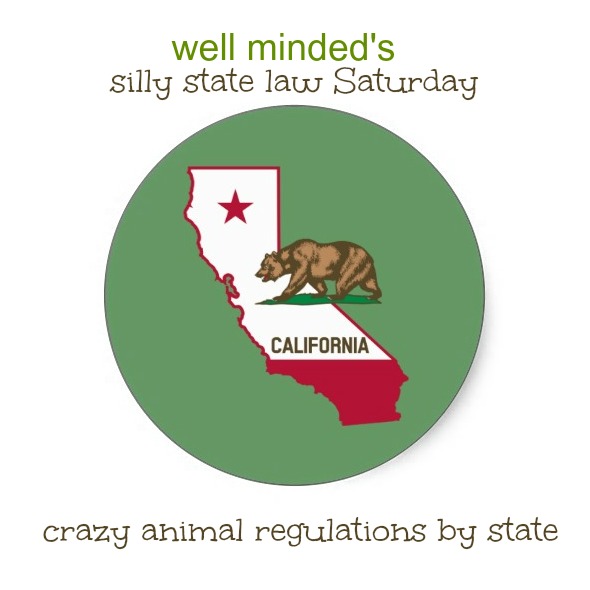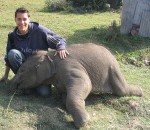 I wrote a few months back about anticipating the release of Blackfish, the documentary about Tilikum, a killer whale captured, then raised in captivity. I must admit, though I'd committed to myself to see it, I let it come and go through the local theaters, thinking of excuses as solid as the ones I use when I skip my workout. It was when I saw it advertised on television that CNN would be premiering the film that I realized if I wasn't going to the film, it was coming to me. I set the DVR.
I wrote a few months back about anticipating the release of Blackfish, the documentary about Tilikum, a killer whale captured, then raised in captivity. I must admit, though I'd committed to myself to see it, I let it come and go through the local theaters, thinking of excuses as solid as the ones I use when I skip my workout. It was when I saw it advertised on television that CNN would be premiering the film that I realized if I wasn't going to the film, it was coming to me. I set the DVR.
It sat in my feed for a couple of days, then yesterday I mustered up the courage and pushed aside denial.
I expected the film to be centered only around the treatment of killer whales and their lives in captivity–why they shouldn't be in captivity. It was about that, but it was equally about the cover-up by Sea World, mainly, of, not only known concerns about the animals, but about the safety of their trainers. The trainers who universally loved the animals and who built close emotional relationships with them were often kept in the dark and lied to about the reality of the situation they were central to. This was news to me.
I grew up going to Sea World, San Diego at least a couple of times a year. As I mentioned in my previous post about Blackfish, it wasn't until I was halfway through college that I changed the course of my career from that of a killer whale trainer. What the Blackfish interviews captured from the trainers about how they got started was exactly how I felt. There is just this magnificent wonder. There is a burning desire to be near these animals.
But even if one doesn't go so far as to become a killer whale trainer, there is still the magic of being in their presence that can't be denied. Few of us have the means to go to the native waters of these pods of killer whales, so, instead, we go to Sea World, where we can view them close-up in a seemingly controlled environment and score ourselves a hot dog and a stuffed toy in the process. Good ol' family fun. But at what cost?
If you want to know the answer to that question, see Blackfish, which, here in the U.S. is currently being shown on CNN and is available for order on DVD. I'm not one to cry out boldly about politics and sensitive issues, as I have friends, family, and colleagues on both extremes of the political spectrum. I have close friends who frequent Sea World with their families. I see their treasured photos with Shamu on Facebook. If you're one of those people, I'm not going to turn on you. I believe you don't know. Because if you did, you wouldn't be so proud of those photos. See Blackfish.
It's akin to my philosophy about eating meat. I'm not going go shun you for doing it. Heck, I'm an almost-vegan who enjoys a beef burger every so often. I get it. But know where your meat comes from. Make an educated choice, not one in denial. See Blackfish before you go back to Sea World.
I practically grew up at Sea World. Though I haven't been back since my college days, I could still probably navigate the park with a blindfold on. It was like a second home. If I can say good-bye to it, so can you.
My kids (age six and four) watched Blackfish with me. Yes, it upset them, but that's okay. I want them to know the truth and be able to make their own decisions. I paused the film (thank goodness for the DVR) in several spots to help them understand. A few minutes into the film, they asked, "so we can never go to Sea World?" At the end of the film, my four-year-old daughter declared, "we'll never go to Sea World because it's not okay to treat the killer whales like that. It's wrong." My six-year-old son sat there in silence with his head down.
And that sums it up. It's okay for them to know the truth. And it's okay for you to know it, too. See Blackfish.
You can check out the trailer, here: [youtube=http://www.youtube.com/watch?v=w2vG_Ifu4zg&w=560&h=315]


 The grand opening date may still be in question, but the mission is not.
The grand opening date may still be in question, but the mission is not.



